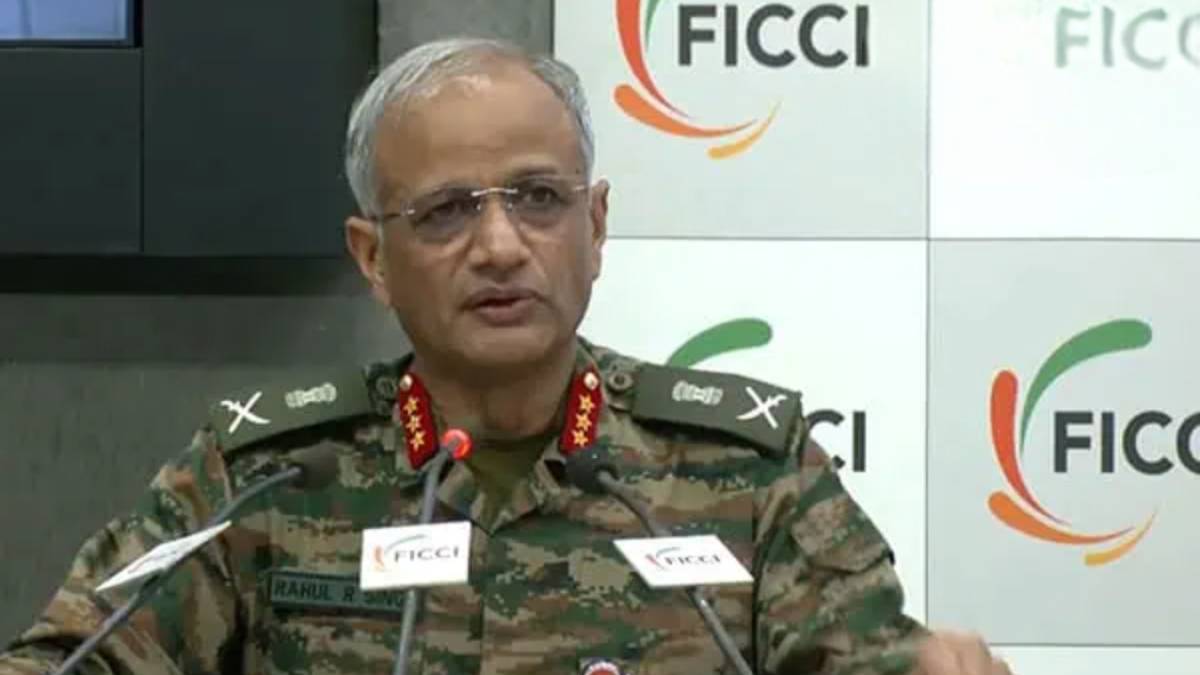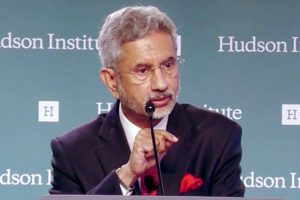Lieutenant General Rahul R Singh, Deputy Chief of Army Staff (Capability Development and Sustenance), on Friday shared key insights from Operation Sindoor, describing it as a case study in modern warfare and geopolitical complexities, particularly in the context of the China-Pakistan nexus.
Speaking at the ‘New Age Military Technologies’ conference hosted by FICCI, Lt Gen Singh highlighted how the operation revealed the importance of advanced air defence, technological integration, and the challenges posed by having “one border, three adversaries.”
“Pakistan was on the frontline, China provided all possible support, and Turkey also played a role. In fact, 81% of Pakistan’s military hardware today is Chinese,” he said.
He added that China treated the conflict zone as a “live lab” to test its weapons against Indian systems. “Pakistan had live updates on our key vectors during DGMO-level talks—thanks to Chinese assistance. This proves the need for a much more robust and resilient air defence system on our side,” he noted.
The Deputy COAS also pointed to the growing use of drones and surveillance systems, mentioning Turkish-made Bayraktar drones among the tools used in the region.
Discussing operational strategy, Lt Gen Singh praised the Indian military’s use of precision and restraint. “Strategic messaging from leadership was clear—India will not absorb pain as in the past. Target selection was data-driven, based on intelligence and technology. Of the 21 potential targets, we struck nine. The decision was made at the final hour,” he said.
He also revealed that the operation adopted a tri-services approach to reinforce the image of India as an integrated force. “War is easy to start but hard to stop. The timing of our action and restraint was a masterstroke to control escalation,” he concluded.
Operation Sindoor, as outlined by the Deputy COAS, not only reaffirmed India’s defence preparedness but also underscored the urgent need for constant technological upgradation in the face of evolving hybrid threats.





